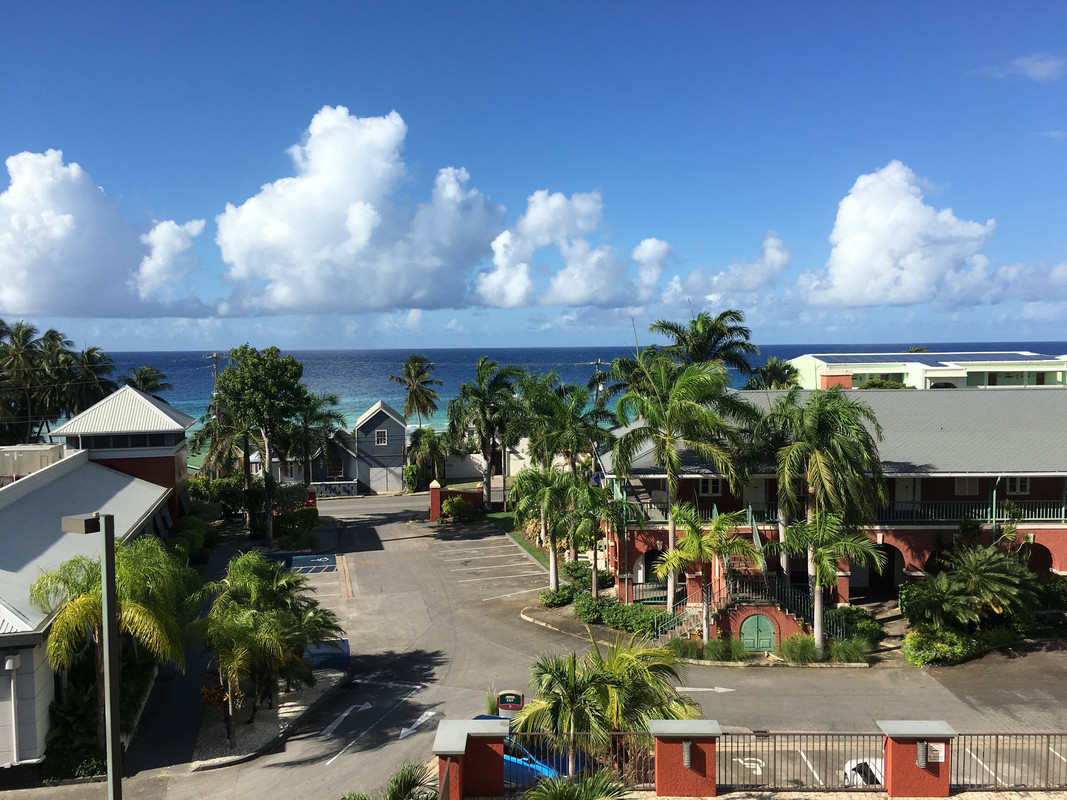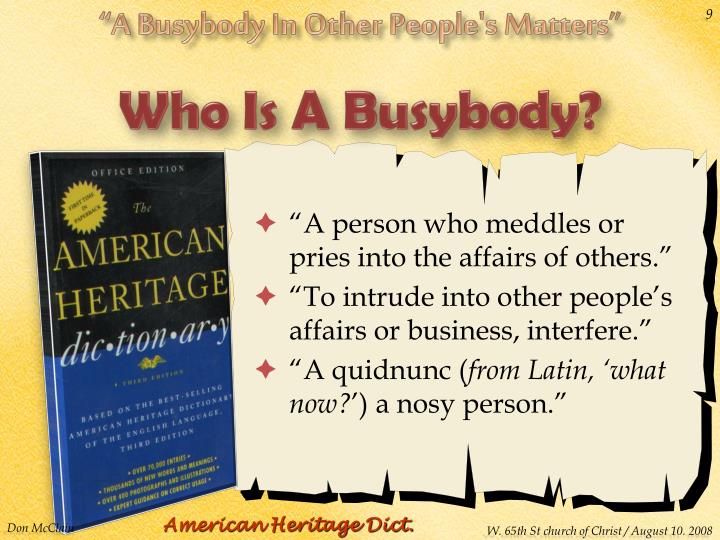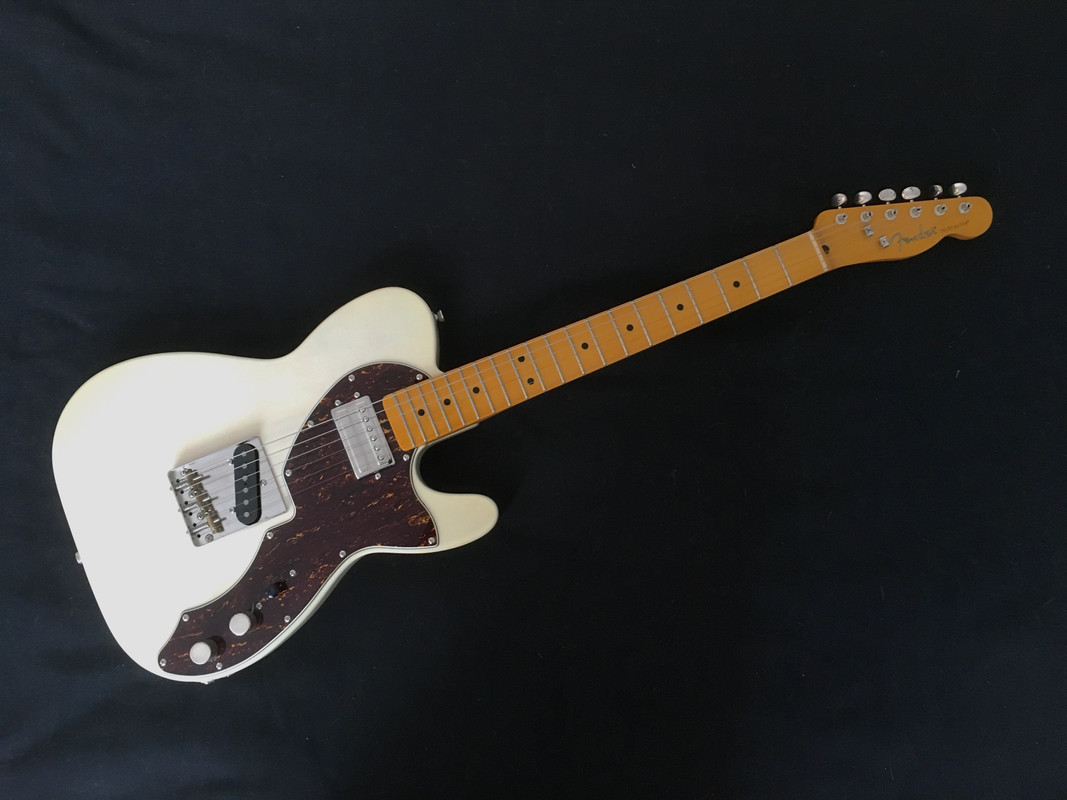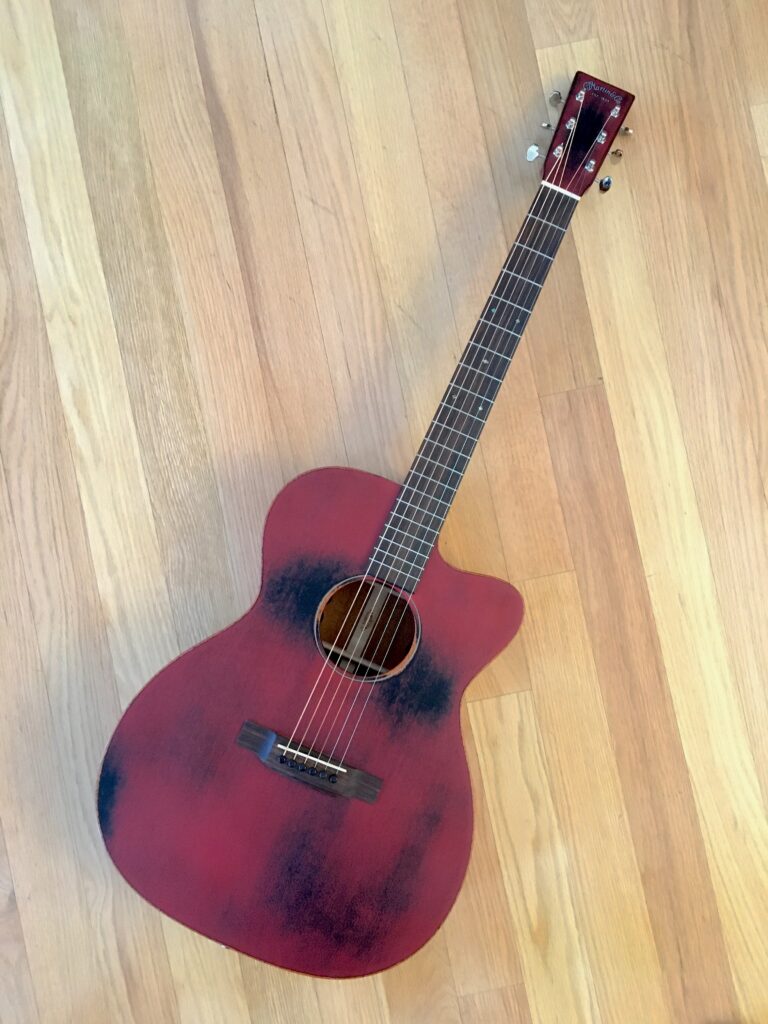Recently I wrote about how playing guitar “elevates my spirit.” Even though I took time off after breaking my elbow, playing the guitar has been a constant in my life. A constant source of joy, peace and even escape.
Making up for lost time, I’ve gone on a guitar buying spree the past few years, and have now accumulated a bit of a collection. When I was young and poor, electric guitars and the amps needed to play them were out of reach. Having achieved a modicum of success, I’ve acquired some electrics from name brands I admire: Gibson, Fender and more. One thing that I had a hard time realizing is that I spend more time playing acoustic guitar than I do playing electric guitar.
Now that I have the amps, the cables, the guitars, and even some foot pedals, I should be tearing it up on electric guitar. But I guess that I’m inherently lazy, because I find it just so much easier to pick up an acoustic and play rather than plug in, flip a switch, play, and then reverse the procedure. And when I have an acoustic guitar within arm’s reach, just pick up and play.

Before I knew that Taylor was the number #1 seller of guitars today, I bought an acoustic Big Baby Taylor-e to serve as a temporary replacement for my Framus 12-string while I had it in the shop.
Little did I realize I’d have my 12-string back the same day, so now I had two acoustics. Hey, a 12-string and a six-string. I had a choice. And I played them sporadically, but I still thought of myself now as an electric guitar player.

Then, one day I saw an online ad for a company that was fundraising to create a carbon fiber travel guitar. I was very disappointed in the travel guitar I had (a Pignose PGG-200 Deluxe) and the prospect of an “indestructible” guitar appealed to me. So I pledged, and sure enough, I was soon the owner of a KLŌS guitar. Whee! I loved the size, the playability, and the ability to pack it away in a suitcase and not worry about what baggage handlers might do to it. I even liked the sound, but felt there was something lacking. At times it seemed “tinny.”
Confessing to be a bit of a “cork-sniffer,” I found a travel-sized Martin guitar, and bought the LX1RE.
Right size, right sound, but just not as “playable” as the KLŌS. Still, I used it as my go-to guitar for a while, but in the back of my mind, felt like it wasn’t quite “the one.”

An attractive sale on another Martin had me dig into my wallet and I added yet another acoustic to my growing collection. Again, a terrific sound, but as I’d read before buying it, many consider it a “strumming” guitar. And I found that it didn’t suit the whole range of my playing. I will likely sell it or trade it — it’s just not a good “fit” for me.
As is my habit (dangerous to my wallet!), I browse a variety of web sites. A recent announcement of a new line by Taylor called the GT series (short for Grand Theater) offered a smalller size “combining the inviting feel of a compact instrument with the rich voice of a full-size, all-solid-wood guitar.” I looked into them a bit, but was put off by the price ($1,399-$1,599). But I also noticed the GS Mini (short for Grand Symphony). I found some on Reverb and added them to my watchlist. A couple of days later I was alerted to a drop in price and free shipping on a Koa model, and since my bank account had some wiggle room in it, I took the plunge.

More than once I’ve thought to myself – and said to others – “This is the acoustic guitar I’ve wanted for decades!” It’s lightweight, plays and sounds like a dream, and is the perfect size for me. Others might consider it a travel guitar, but heck, I’ve got one of those. This is my at-home go-to guitar!













